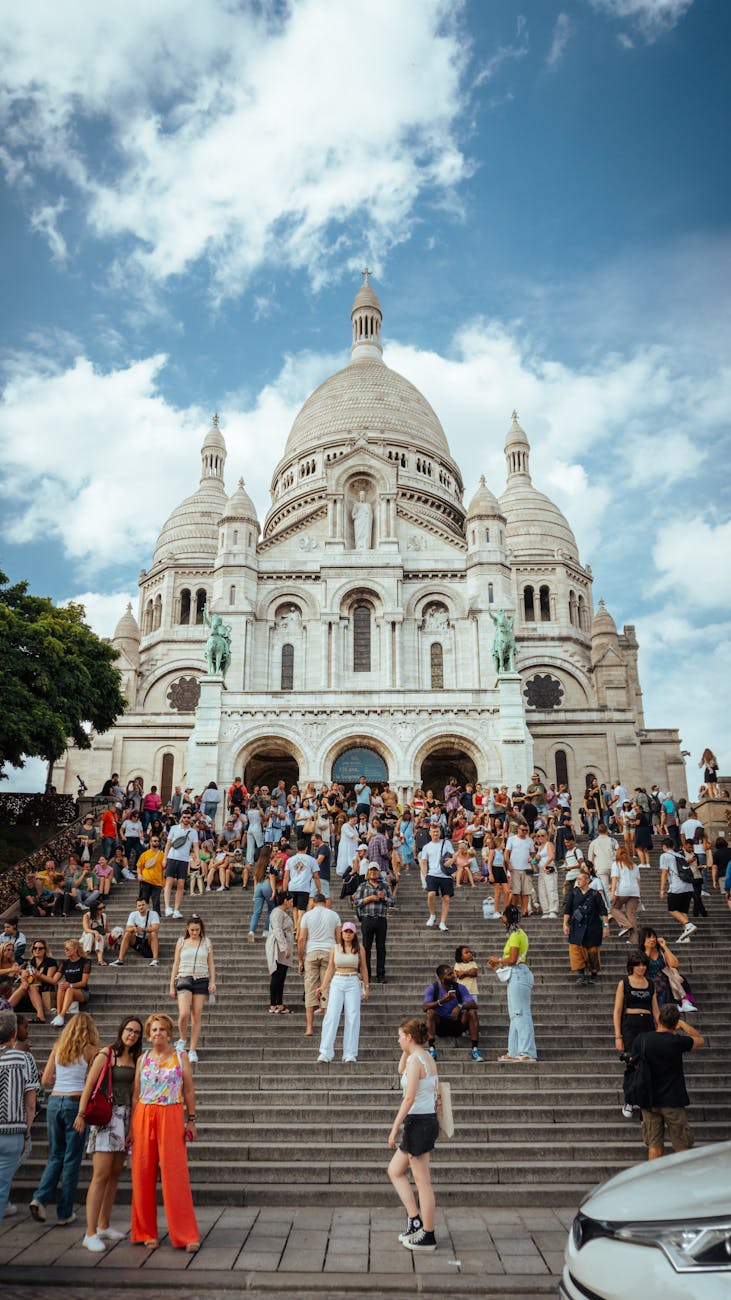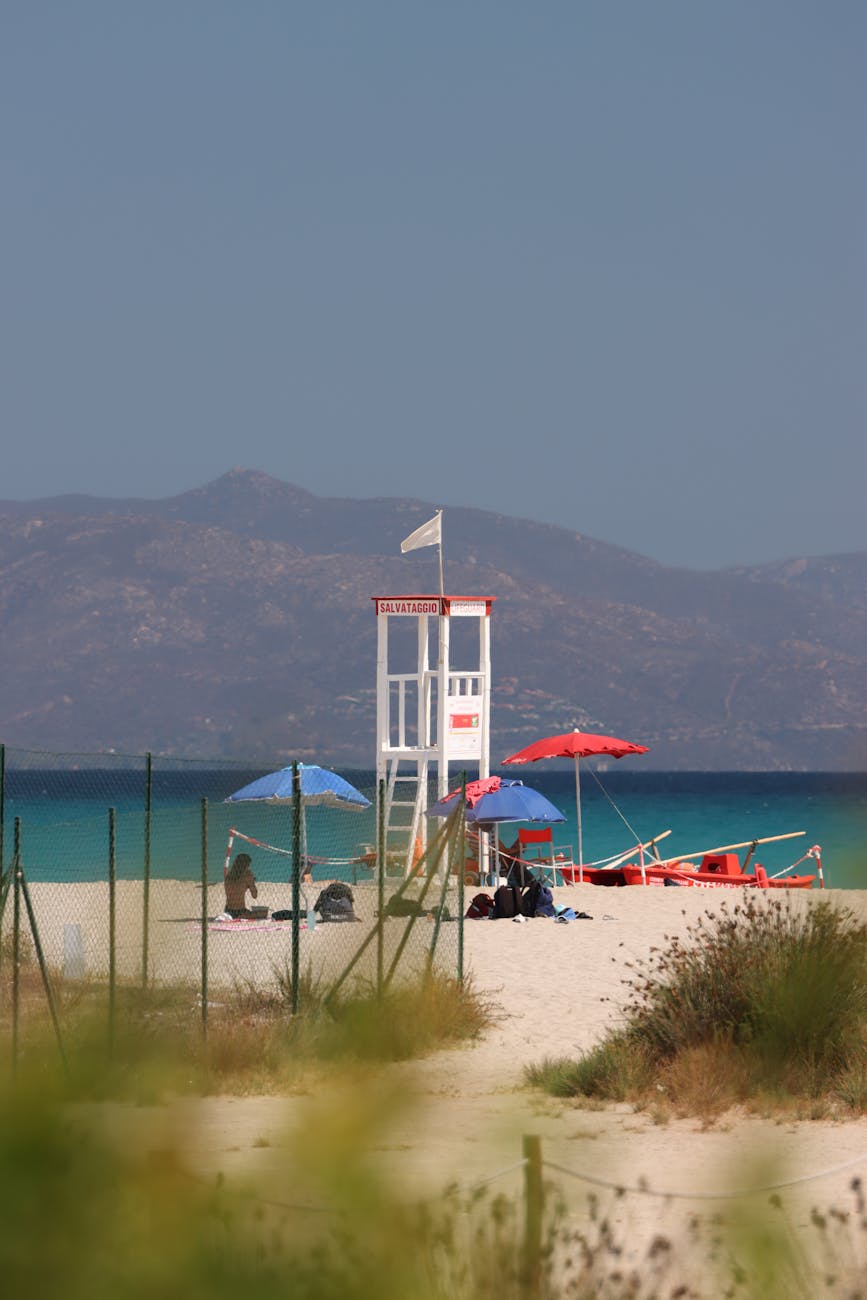**Table of Contents**
**1. Understanding the Beauty of Island Hopping**
**2. Choosing the Right Equipment**
**3. Mastering the Art of Composition**
**4. Utilizing Natural Lighting**
**5. Capturing the Essence of Island Life**
**6. Post-Processing Tips for Stunning Results**
**7. Final Thoughts on Your Island Hopping Photography Journey**
**8. Frequently Asked Questions**
**Understanding the Beauty of Island Hopping**
Island hopping is more than just a travel activity; it’s an exhilarating adventure that tantalizes the senses. Each island boasts its unique charm, vibrant colors, and breathtaking landscapes. As the boat glides through crystal-clear waters, picturesque vistas unfold, offering not just a feast for the eyes but infinite opportunities for photographers. Not only does each location provide a different backdrop, but it also tells a story, rich with culture and nature. By appreciating the beauty around you, you can set the foundation for capturing evocative images that transport viewers to that very moment.
This journey is about seeking out those coveted spots, whether you’re perched atop a rocky cliff or lounging on a pristine beach. Embrace the diversity of each destination; take in the contrasting elements—the rolling waves crashing against the shore, the vivid greenery of palm trees swaying in the wind, or the vibrant sunsets painting the sky. These experiences ignite creativity and interest, urging you to click the shutter at just the right moment. Every island has something unique to offer, making your photographic journey an exciting exploration of light and landscape.
**Choosing the Right Equipment**
The choice of equipment doesn’t just influence your photos—it can redefine the entire experience of island hopping. While high-end DSLR cameras certainly hold advantages, it’s not uncommon for stunning images to emerge from smartphone cameras too. The key lies in understanding what works best for you and the scenarios you’re likely to encounter while island hopping. A versatile zoom lens, for instance, allows for flexibility when you want to capture a sweeping wide-angle shot or a detailed close-up of marine life.
Don’t overlook the importance of additional gear. Tripods may seem cumbersome on a boat, but a compact, lightweight model can stabilize your shots, particularly at dawn or dusk when light is low. Likewise, underwater housings can help you explore the vibrant underwater ecosystems. Remember, the aim is to travel light, but don’t skimp on tools that enhance your photographic possibilities. Ultimately, the best photographer isn’t the one with the best gear. It’s about having a keen eye, adaptability, and knowing how to make the most of what you have.
**Mastering the Art of Composition**
Strong composition can dramatically elevate your photography. Embrace techniques such as the rule of thirds, wherein the frame is divided into nine equal parts, allowing you to position points of interest along these lines or their intersections. This approach naturally draws the viewer’s eye and creates a balanced image that feels more engaging. Additionally, explore leading lines. Roads, pathways, and shorelines can guide the viewer’s gaze further into the scene, adding depth and perspective to your captures.
Consider the importance of different angles too. Try shooting from a low perspective to capture the grandeur of cliffs or from a high viewpoint to showcase the expansive beauty of an island. As you explore various compositions, remain open to the unexpected. Often, the most captivating shots come in moments that require experimentation and a willingness to break the rules. Get creative and discover beyond the standard frames, as some of the finest photographs capture a story in a way that conventional methods cannot express.
**Utilizing Natural Lighting**
Light is the lifeblood of photography, particularly in the tropical paradises of island hopping. Golden hours—just after sunrise and before sunset—offer a magical quality of light that envelops everything with a warm glow. During these times, shadows soften, colors become richer, and the world seems to shimmer. Plan your outings around these hours to inject an ethereal feeling into your photos, enhancing the island’s natural beauty without requiring heavy post-processing adjustments.
However, don’t shy away from capturing images in midday sunlight as long as you stay mindful of shadows. Overcast conditions can also serve as a beautiful backdrop, diffusing harsh sunlight and allowing colors to pop more vividly. Experiment with backlighting, where the sun illuminates subjects from behind, creating silhouettes, halos, and thought-provoking imagery. Each lighting condition possesses its magic—embrace this fact, and your photography will flourish.
**Capturing the Essence of Island Life**
The soul of island hopping lies within its culture and inhabitants. Connect with local traditions, whether it’s engaging with fishermen during sunrise or participating in a festive celebration. Documenting these moments serves to provide context and makes your collection of photos resonate with stories. Authenticity is key; candid shots often convey more depth than posed images since they illustrate real experiences.
Incorporate elements of everyday life into your shots. Consider including locals in your frame, capturing their interactions with nature or each other as they go about their lives. These moments reveal the character of each island and invite viewers to step into that world. Remember, it’s not just about pristine landscapes; the essence of a place can often be found in the connection between its people and the environment.
**Post-Processing Tips for Stunning Results**
Post-processing is where the magic unfolds, transforming good shots into exceptional photographs. Software like Lightroom or Photoshop opens a realm of possibilities. Enhancing contrast, adjusting colors, and cropping strategically can elevate the overall aesthetic and mood. While it’s imperative to maintain the authenticity of the images, subtle tweaks can highlight the beauty present in every snapshot, allowing the unique character of each island to shine.
Be cautious of over-editing; the goal is enhancement rather than transformation. Natural tones should be preserved, especially in landscape photography. Implementing tools like gradient filters can help maintain balance in exposures, especially when dealing with dynamic lighting situations. This stage is an extension of your creative vision, allowing you to refine and discover new perspectives from your raw captures.
**Final Thoughts on Your Island Hopping Photography Journey**
Embarking on an island hopping adventure is not just about wandering from shore to shore; it’s an opportunity to craft a visual narrative that encapsulates the splendor of chosen locales. Each destination presents an invitation to experiment and explore the stunning possibilities of photography in a captivating setting. As you develop your style, stay inspired by the diversity around you and continually adapt your approach.
It’s essential to remember that the journey doesn’t end when you return home. Share your stunning photos, tell the stories behind them, and inspire others to embark on their own adventures. The legacy of your creative journey can spark the imagination of future island adventurers, encouraging them to appreciate and capture the beauty that lies beyond their own horizon.
**Frequently Asked Questions**
**What camera settings are best for island hopping photography?**
The best settings often depend on the lighting and subject matter. As a rule of thumb, shoot in aperture priority mode to control depth of field or use shutter priority for moving subjects. You’ll also want to experiment with ISO levels, keeping them low for bright conditions but cranking them up in dimmer settings.
**How can I avoid blurry photos while on a boat?**
To combat motion blur, try using a faster shutter speed, often 1/1000s or faster if you’re dealing with fast-moving subjects. You may also find it beneficial to stabilize your camera against something solid while shooting, or invest in a rapid shutter-release method.
**Is it necessary to edit photos after taking them?**
While many prefer the purity of untouched photos, editing enhances details, adjusts colors, and maximizes the impact of your images. Even minor corrections can make a significant difference and help communicate your vision much more effectively. Experiment and find a balance that aligns with your style.
**What should I do if the weather doesn’t cooperate?**
Embrace the weather! Cloudy skies can create a moody atmosphere, while rain can lead to dramatic images. Use these conditions to your advantage by capturing reflections or more subdued palettes. Unpredictability can often lead to the most unique photographs.
Image Credit: Pexels





